Since rebuilding my mother’s house entirely in plywood in ’95, and then dRMM building the first public CLT buildings in the UK from 2006 on, and now the Building Centre exhibition marking 24 years of dRMM timber projects, I seem to be known as an advocate for timber architecture... Well, every material has its plus points. But instead of extolling the virtues of wood, which would be predictable and dull, I shall instead put it in perspective by explaining what wood is bad at:
1. Wood is a very poor material to use if you are seeking to pollute the planet. Probably the worst choice you could make as an architect, engineer or designer. If you are looking to permanently release yet more carbon into the ozone layer, choose another material and thereby promote its manufacture. Wood is hopeless at producing toxins and carbon.
2. Wood is a last resort for those wishing to specify a heavy material. If you want additional structural dead loads, you will have to look to almost any other material. Its nearest rivals are way heavier – wood is hopelessly lightweight, especially given its high strength. Choose another material if you need bigger foundations and you want to employ more machinery and people lifting on site.
3. Wood in the form of engineered construction timber is bad at living up to the slow building processes preferred by the UK construction industry. Offsite manufactured precision really is the enemy of delays on site so if you need a snail’s pace build with inevitable delays and resultant disputes, avoid wood at all costs.
4. Wood in buildings is notoriously smelly. Its natural tendency to give off oxygenated natural aromas can irritate those who prefer the damp cloying odour of wet trades combined with dust and chemical adhesives. This applies to initial construction as well as later alterations. Wood is readily altered and does not share its rivals advantages of being inflexible to change. If you need to cut out another window later, be prepared for ease and fresh air.
5. Wood does not need covering internally so this is bad news for buildings designed to incorporate a lot of layers and many subsequent trades, all of whom need interface coordination and quality control. There are far fewer trades to blame each other, which can make contract litigation less lucrative. Wood is also extremely poor at offering surfaces that are inherently cold and unattractive to touch. This is a distinct disadvantage for plasterers, painters and finishers.
6. Wood is low on the performance index of stress inducing materials. If your building needs to increase the heart rate of its occupants and decrease the effectiveness of the vegus nerve that protects the heart from attack, choose a regular alternative to wood. Austrian ‘Schools without Stress’ research studies by Holzcluster Steiermark and Cluster partners document how much better other materials are at provoking or inducing respiratory and allergenic problems. So if you need an unhealthy building material, don’t use wood.
7. Wood is at the very back of the queue when it comes to being a finite resource. If your project has to be made from limited materials that need to be laboriously manufactured with the consequences of side effects instead of just grown naturally, look elsewhere. Wood can never match that.
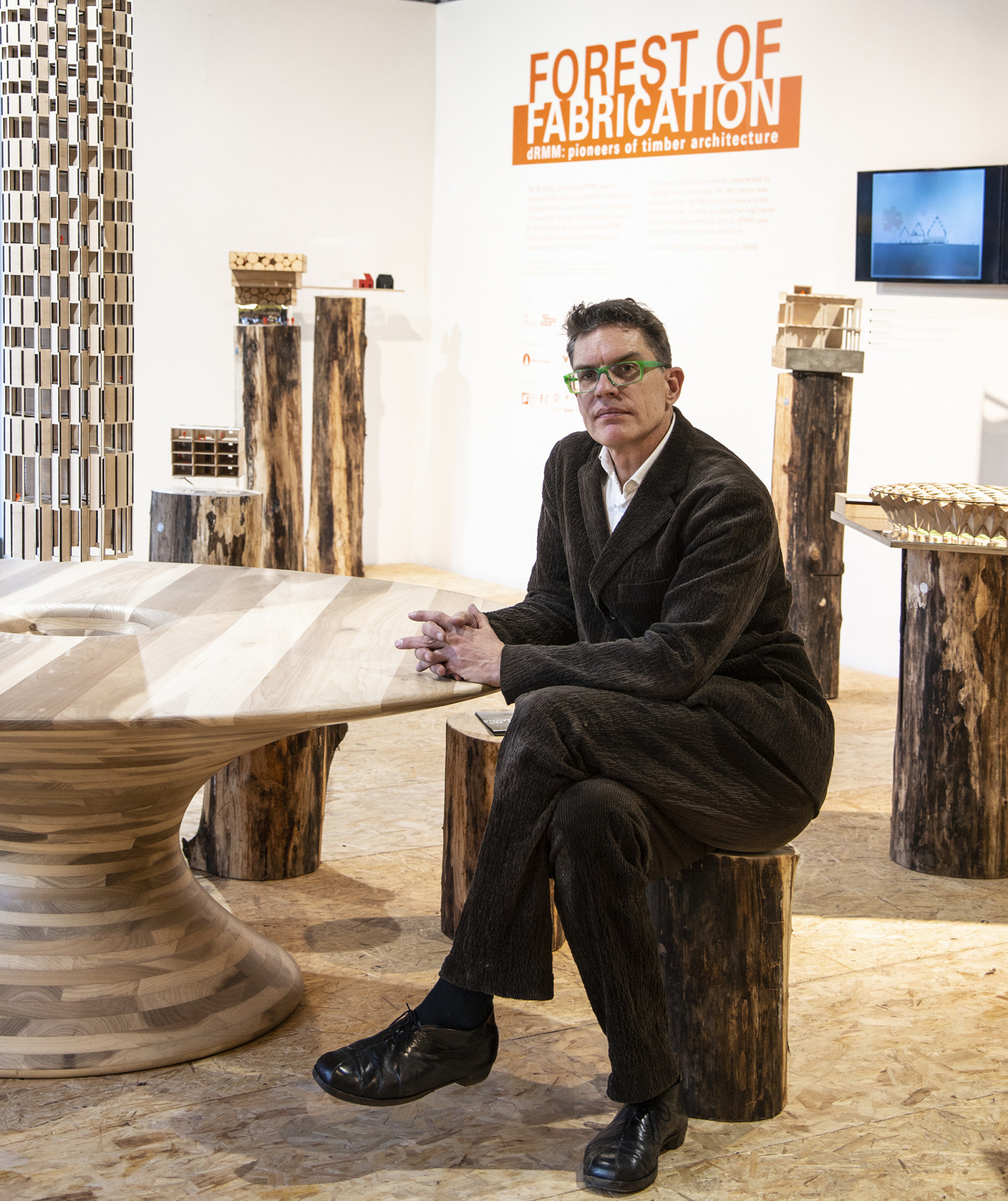
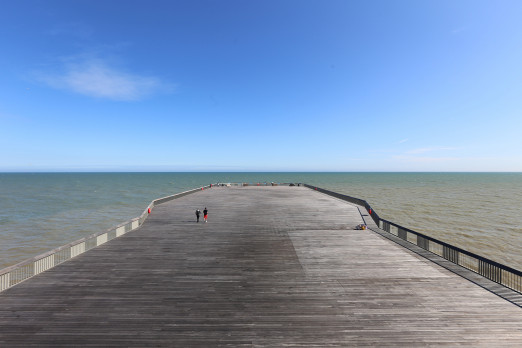
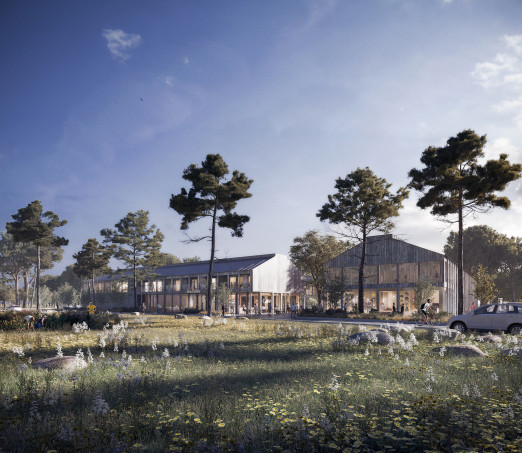
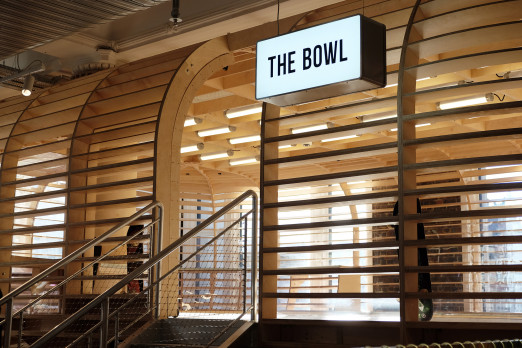
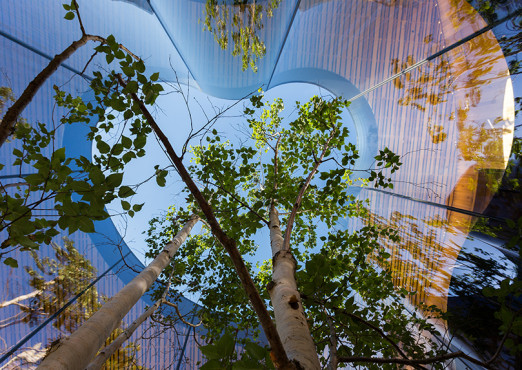
.jpg)
